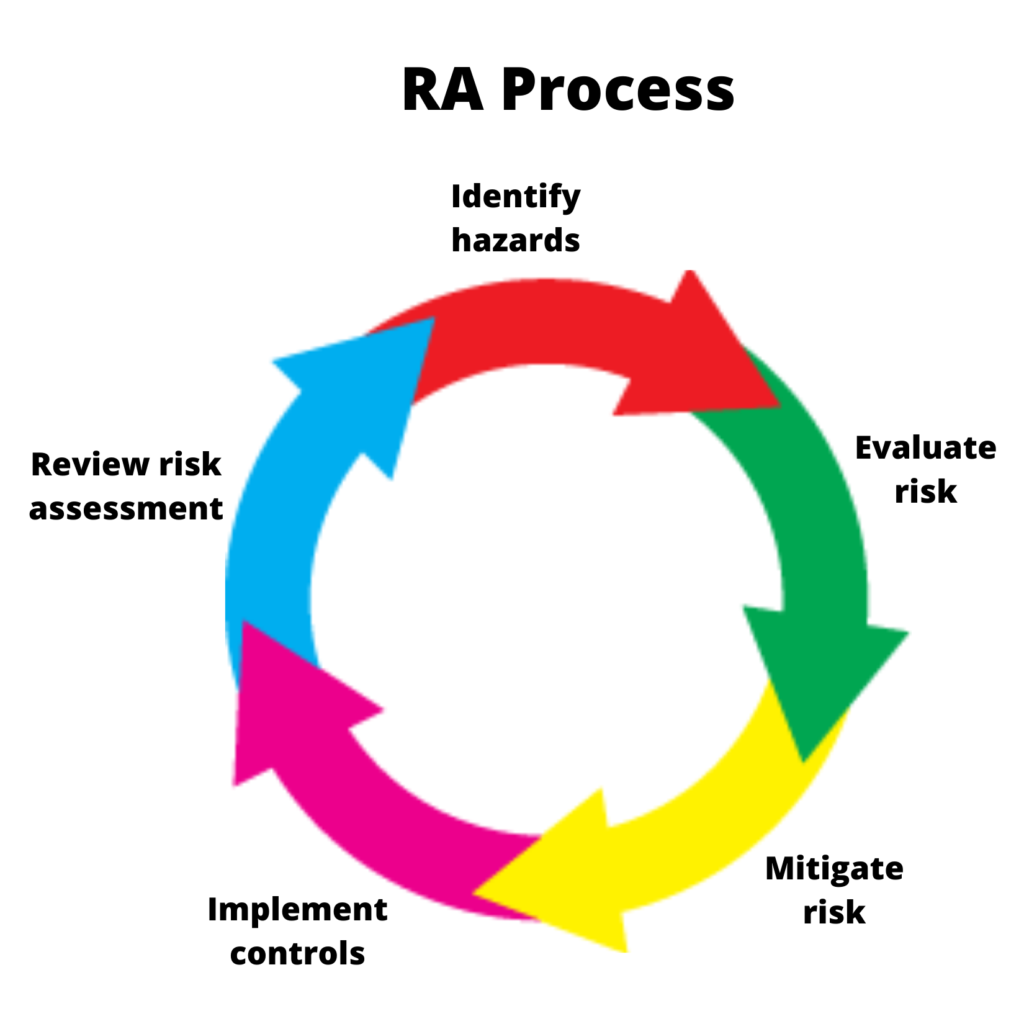Preparedness. Response. Collaboration.

In 2015, The WPHL was tasked with educating and training laboratorians in the use of writing, implementing, and conducting risk assessments.
Many laboratory activities have been linked to undesirable events, including laboratory-acquired infections. These can result from direct contact of the infectious agent with mucous membranes of the eyes, nose or mouth via sprays, splashes, or droplets; inhalation of infectious aerosols generated during activities such as mixing and centrifugation; or from percutaneous inoculation via sharps, needle sticks, or non-intact skin (e.g., scratches and cuts).
To minimize risks and provide a safe work environment, a risk assessment should be performed to evaluate what could go wrong by determining the likelihood that an undesirable incident (e.g., injury, exposure) may occur and the consequences (e.g., infection or disease) if that undesirable incident were to occur.

